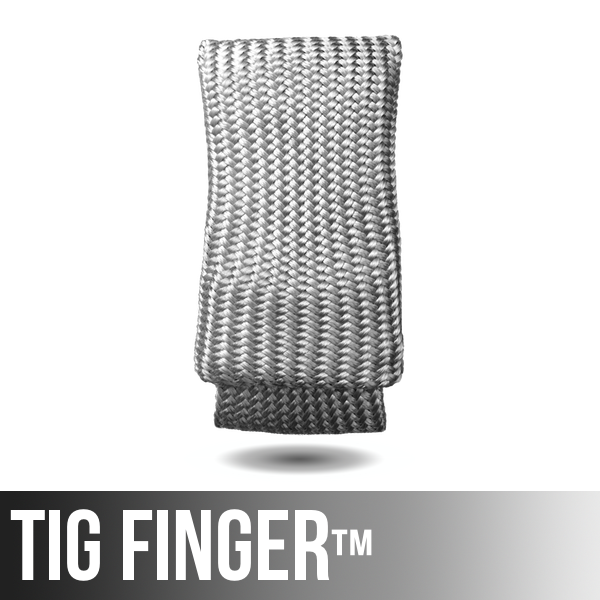
Click here to subscribe to my Video of the Week!
Flux Cored welding is often looked at as being inferior to bare wire mig.
But it ain’t wrong… it’s just different. But still good.
Most folks only exposure to flux core welding is what they have seen in a small garage or muffler shop.
Maybe that’s why there are so many misconceptions.
Here are just a few misconceptions of fcaw:
- Fluxcore is only used for those cheap welders you see at Harbor Freight and is not really good for much.
- Fluxcore welding is always ugly.
- Fluxcore welding is not a high quality welding process.
- Fluxcore welders never use shielding gas.
All of the above misconceptions are dead wrong.
Flux Cored welding is used for high rise buildings, ship and bridge building, pipe welding, and more.
There are 2 basic types of fluxcore welding…
- self shielded
- gas shielded
In this video, and on this page, I am only addressing the self shielded type.
Self shielded flux wire is good for certain jobs – like welding over light rust on a muffler, or outside when the wind is blowing… or for carrying to your brother-in-law’s house to fix a lawnmower deck.
Self shielded FluxCore welding does require some cleanup. It’s not as pretty as bare wire mig, but self shielded flux cored wire does not require a cylinder of shielding gas.
Not needing shielding gas is a big plus for some folks.
My first real encounter with flux core (other than reading about it) was on a construction job.
A sheet metal worker was welding on some brackets for duct work and he didn’t have a nozzle on his mig gun. I found that puzzling.
But since no shielding gas is needed, a nozzle is not needed either… Although sometimes its a good way to prop for tack welding.
There are many different classifications of self shielded fluxcore welding wire, but a very common type of flux core wire you will find in stores like Home Depot, northern tool, and Tractor supply is e71-t11 self shielded wire.
A popular self shielded wire is Licoln Nr211, but Hobart and others make similar wire called Fabshield 21b.
E71t-11 wires are light duty wires designed for single pass welds.
There are other self shielded wires with different chemistry in the flux that have better properties for multi pass applications, but that is a conversation for another day.
Getting voltage and wire speed balanced is key. I used a chart on the inside of my welder, but if you don’t have a chart, you might have to get a piece of scrap and start trying things.
Starting with both voltage and wire speed at the 12 o’clock position will get things started.
From there, adjust wire speed and try to get a a good smooth sound with no stubbing and as little spatter as possible.
If the wire stubs, decrease the speed.
If the wire balls and acts as if it is going to burn back to the tip, increase speed.
Practical exercises for the merit badge
1. Welding your initials
Write your initial with soapstone, silver pencil, silver sharpie, or metal scribe.
Weld a bead in the shape of your initial.
You might want to save this one for last because you will be much better at welding a bead after doing all the exercises.
2. Cover a plate with beads
This is how to learn to do any type of welding.
There is no point trying to do any other weld joints until you can run a decent bead… and this is the best way to get practice.
3. Square groove weld butt from both sides
I recommend a slight “zig-zag” motion to help see the seam.
Unless you use a slight gap, the smoke from the flux can make it kinda hard to see the joint.
4. Tee joint from both sides
Tack weld a tee joint and let the counselor inspect it… then weld it both sides.
5. Lap joint both sides
Tack weld a lap joint and let the counselor inspect it… then weld it both sides.
Good luck with your merit badge. I hope this helped.
( As always, feel free to visit us at our sister site, WeldingTipsAndTricks.com. )
Click here to subscribe to my Video of the Week!








Leave a Reply